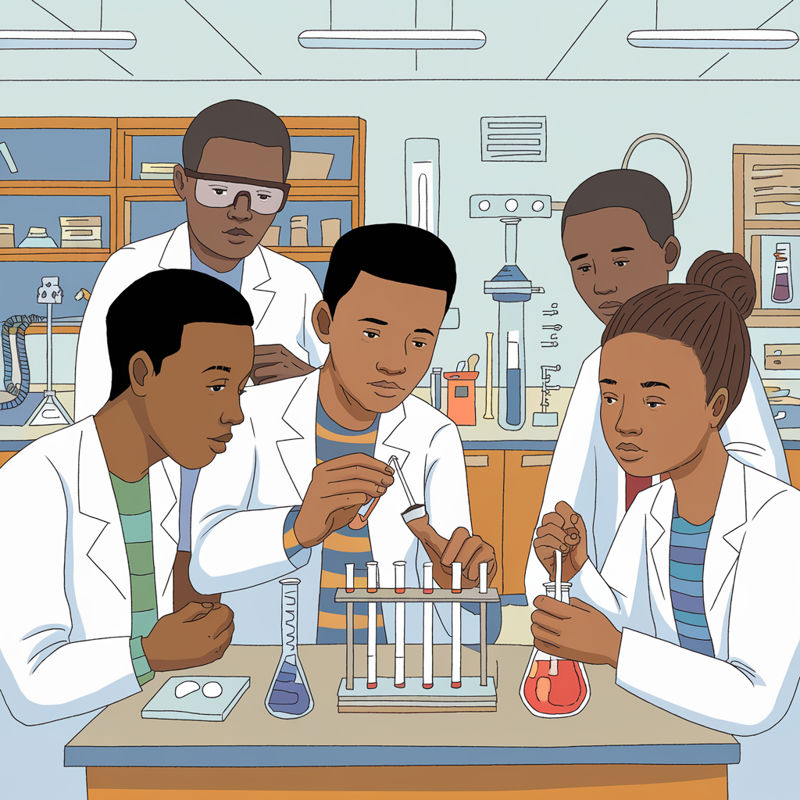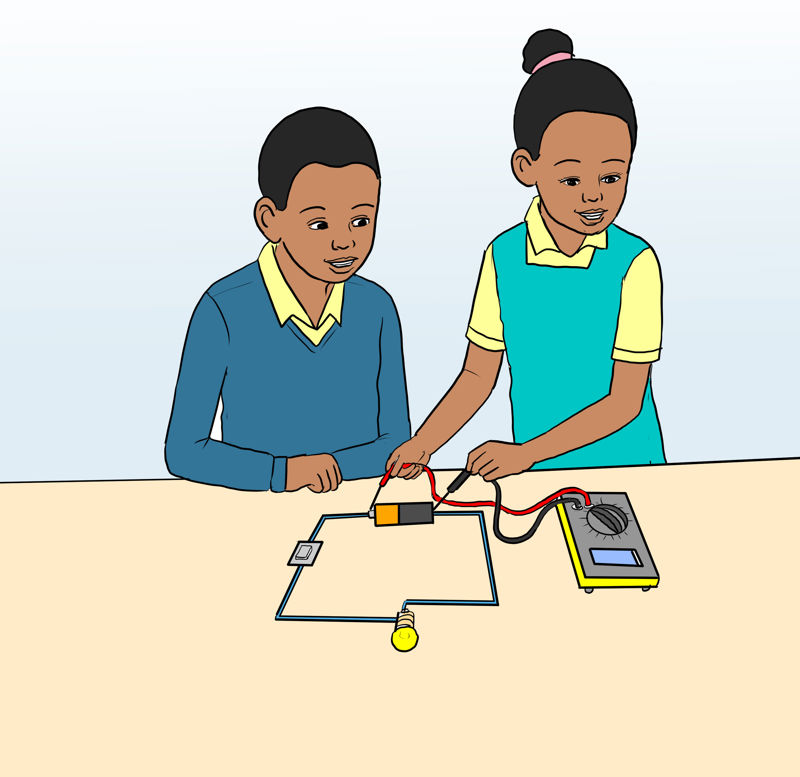Science is an organised study of objects or matter. It involves the study of the structure and behaviour of living and non-living things.
Components of Integrated Science
Think and share
Which areas of Science do you know?
In groups, study the pictures a–c and answer the questions.
- What are the learners doing?
- Which learning area are the learners in the pictures exploring?
- Mathematics
- Integrated Science
- Social studies
- English
- Creative arts
- Agriculture
- Use your dictionary to search for the meaning of the following words:
- Integrate means to ...
- ... combine different parts into a whole.
- ... dividing a whole into parts.
- ... finding common ground.
- ... finding differences.
- Science is the systematic study of thethroughand
- Brainstorm on the meaning of the term Integrated Science.
- Write down your views and present them in class.
Key points
Integrated Science is a learning area that involves organised study of the behaviour and structure of a living organism, its environment and the matter around the organism. Integrated Science is a learning area that involves learning basic skills and gaining knowledge of different branches of Science.
Digital activity
- Use digital or print resources to search for components of Integrated Science.
- Search for the meaning of the components you will find.
- Write down your findings.
- Present your work in class.
The chart below contains components of Integrated Science. In groups, study it and answer the questions that follow.
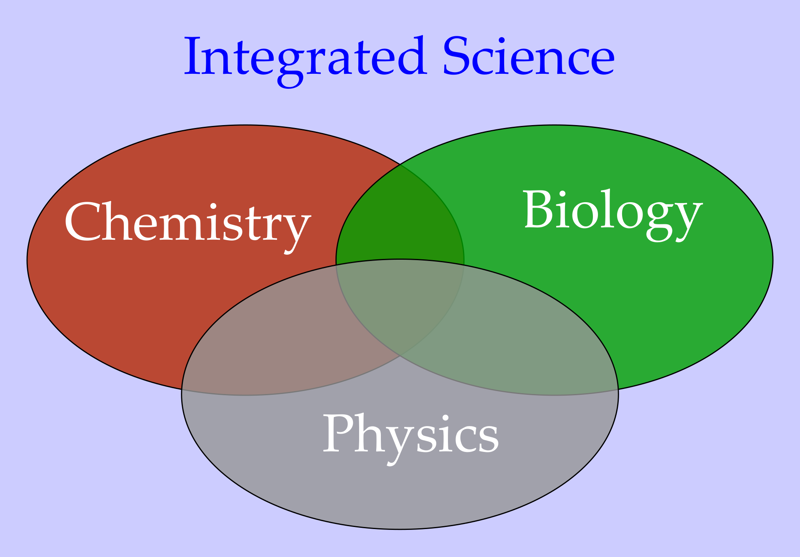
- What is the meaning of (choose the correct component):
- refers to a branch of science that studies living things.
- refers to a branch of science that studies matter, energy and interactions between them.
- is the study of substances, their properties, reactions and the changes they undergo.
- Use digital or print resources to search for the meaning of each component of Integrated Science.
- Sort examples of objects or things that can be studied under each component.
- Muscle
- Enzyme
- Electricity
- Atom
- Force
- Molecule
- DNA
- Compounds
- Acid
- Cell
- Energy
- Reaction
- Bacteria
- Motion
- Gravity
- Write down your findings.
Integrated Science introduces you to the following fields of study.

Activity 3
Study the poster and answer the questions that follow.
- Identify the knowledge and skills you can learn from Integrated Science.
- Brainstorm on the areas of science which are represented on the poster.
- Identify the components of Integrated Science from the poster.
- Discuss what each component entails.
- Write down your views and share them in class.
Key points
- A component means a part of something.
- Integrated Science is made up of several components.
- The components include:
- Biology: This is the study of living organisms and their interactions with the environment. It includes the study of the structure and functions of cells, the processes of evolution, the diversity of life and the interdependence of organisms within an environment, among others.
- Chemistry: This is the study of matter and how different types of matter interacts with each other. It includes the study of substances, their properties, composition and reactions.
- Physics: This is the study of nature, properties of matter and energy. It explores areas such as motion, force, energy, waves and electricity among others.
Extended Activity
- In groups, create a poster on the components of Integrated Science.
- Include drawings or pictures showing skills and knowledge in different components of Integrated Science.
- Present your work in class.
Assess yourself
- Explain the meaning of Integrated Science.
- Describe the components of Integrated Science.
Importance of science in daily life
Think and Share
- Why is Science important in our daily life?
- In which areas is Science applied?
The following are items made from the knowledge and skills acquired in science. Identify the Items.
a

b
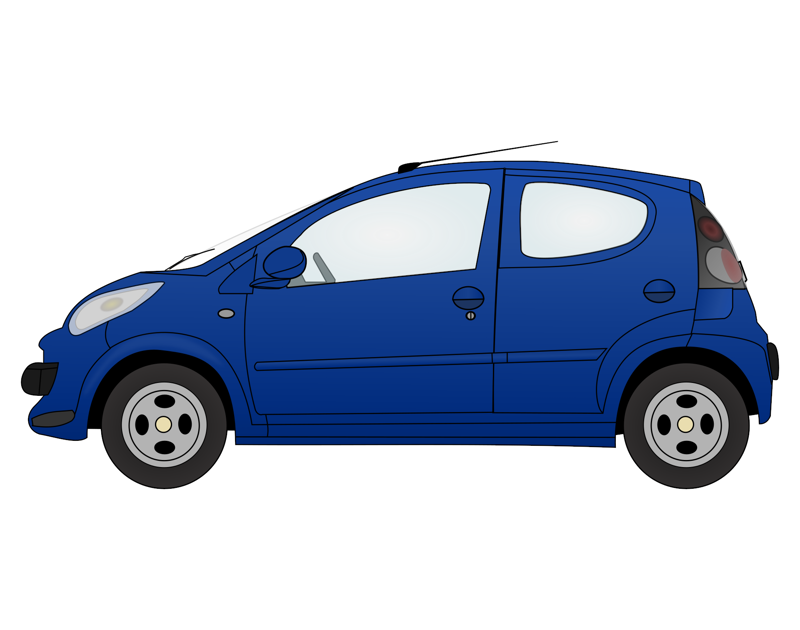
c
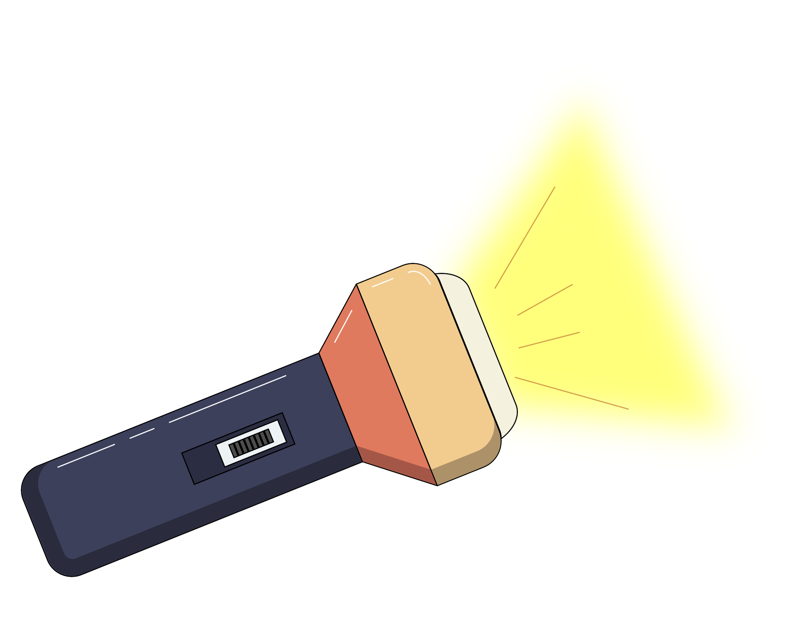
d
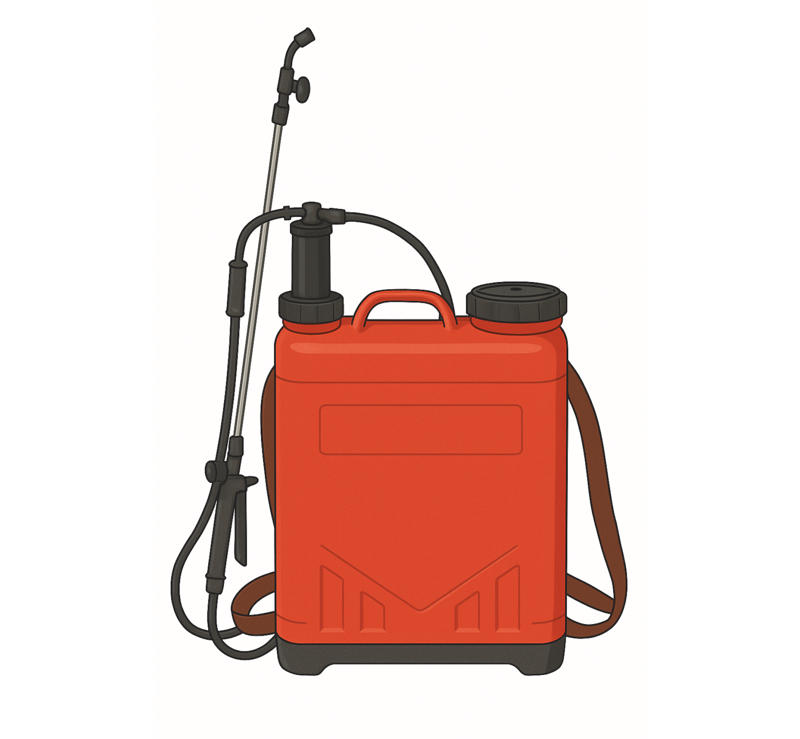
e
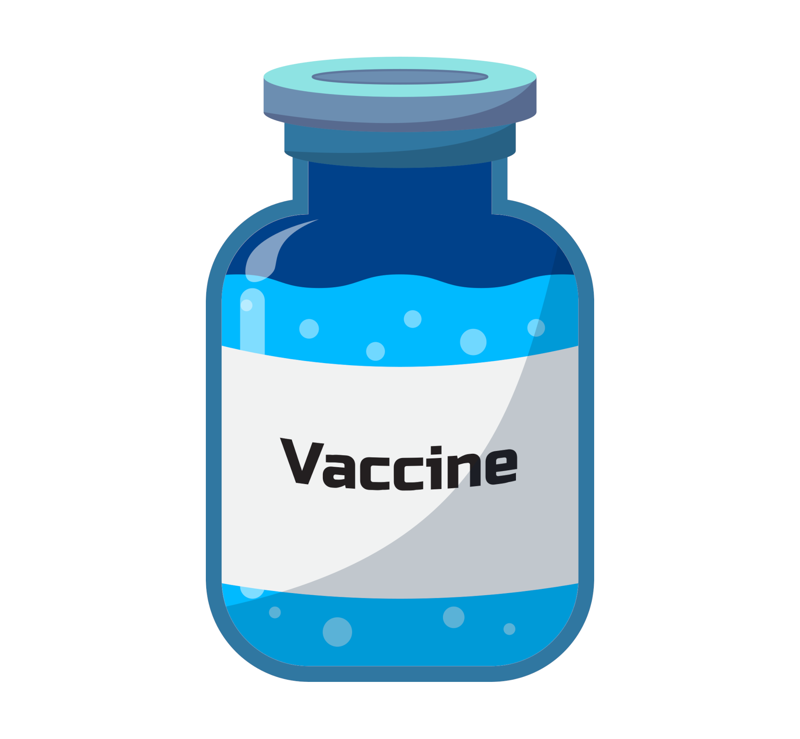
f
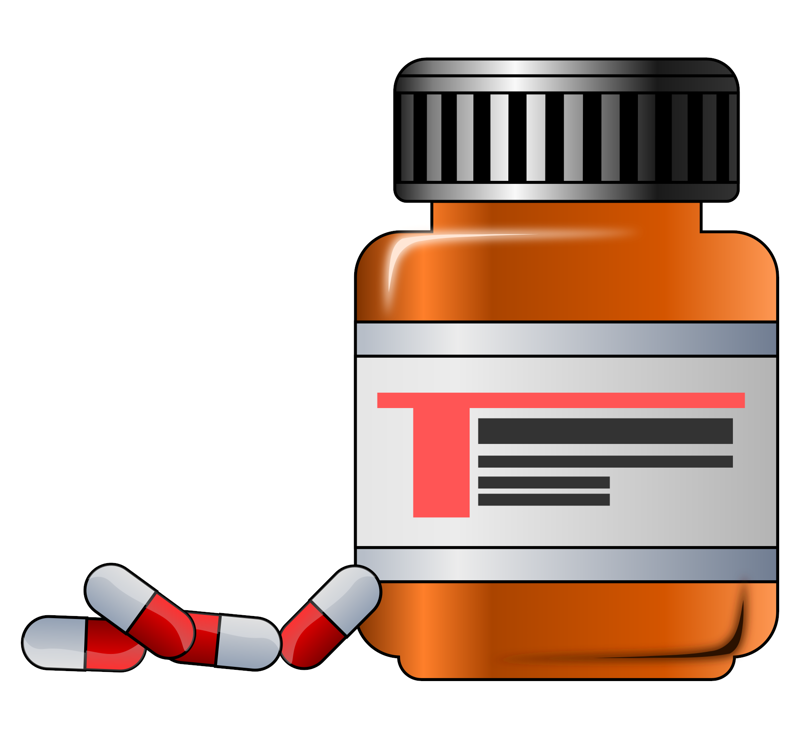
g
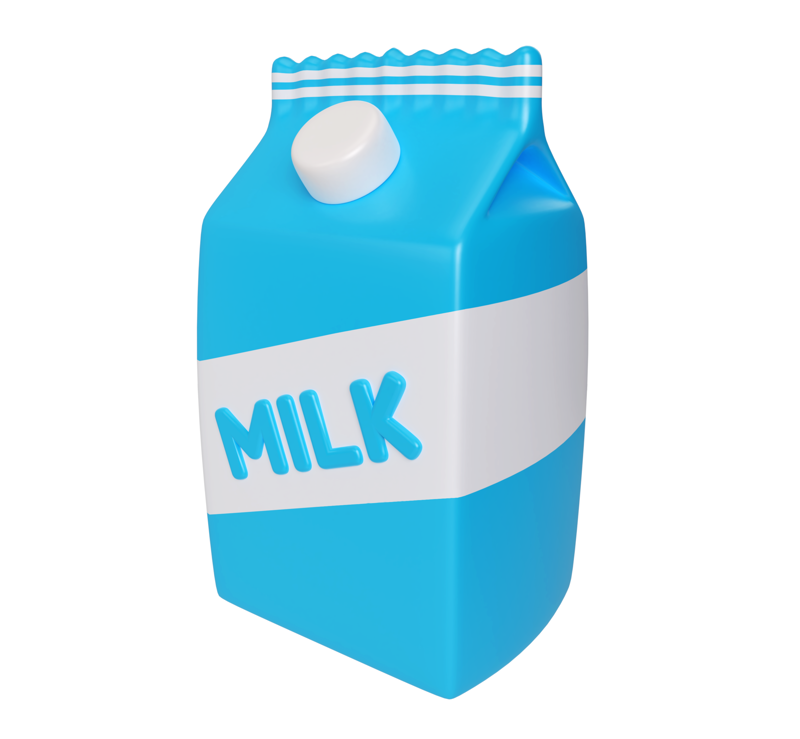
h
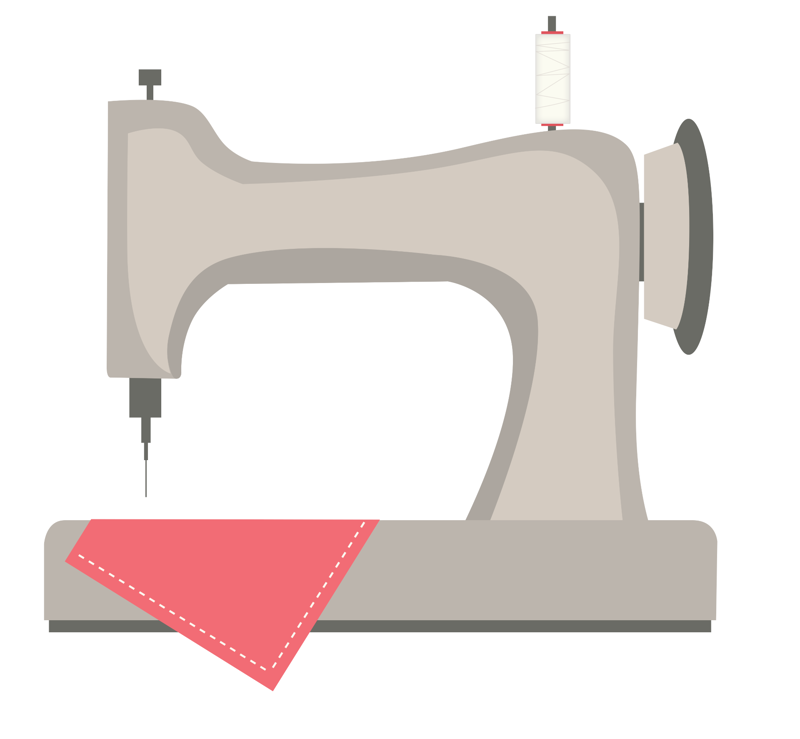
i

- Where are the items shown in the pictures used?
- Discuss the importance of Science based on the items.
- Look around your class and school environment.
- Identify objects that are made from the knowledge acquired from the study of Science.
- Draw and name the objects in your exercise book.
Activity 5
In groups, study the pictures and answer the questions.
- Identify the career shown in each picture.
a
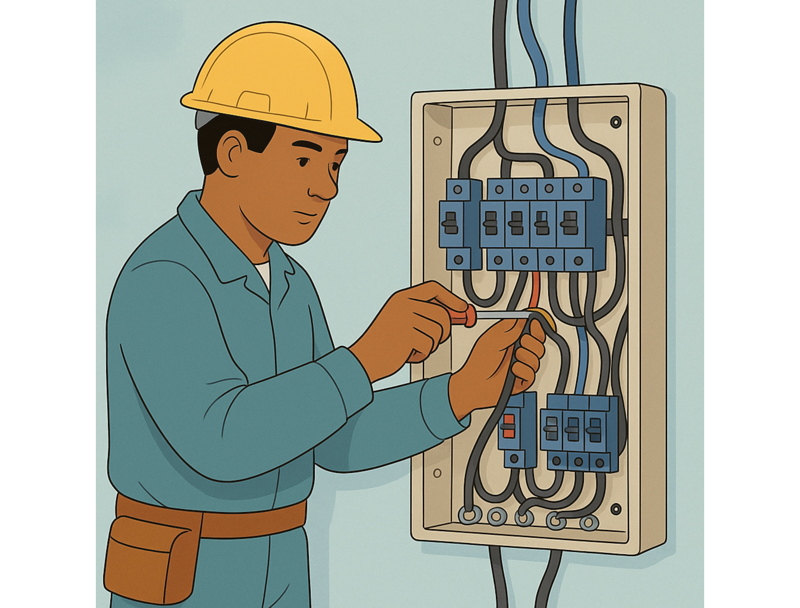
b
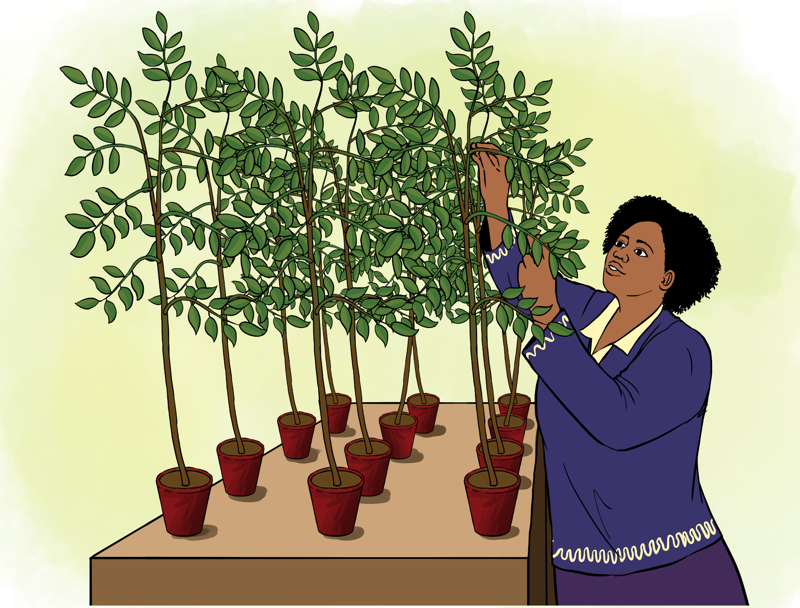
c
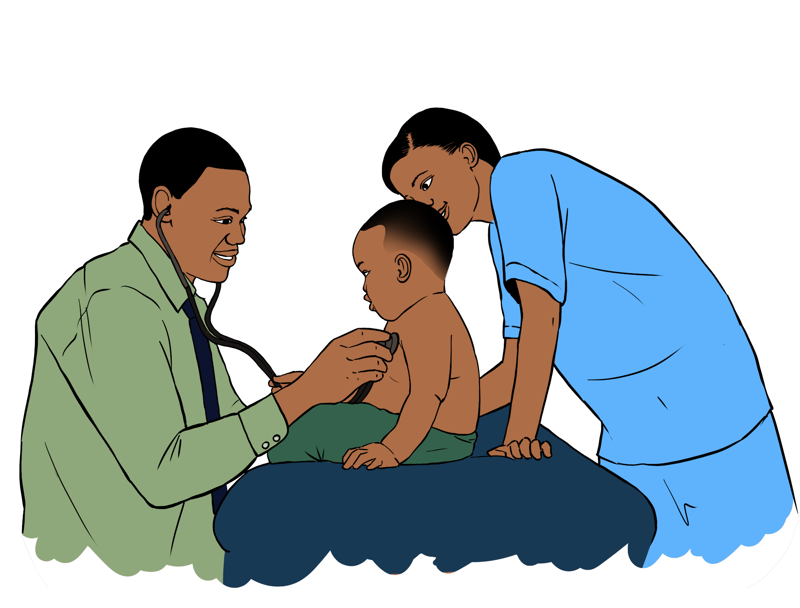
d

- Identify the importance of Science based on the pictures.
- List other careers that utilise knowledge and skills acquired in Integrated Science.
- Mark fields where Science is applied based on the pictures.
- Health and medicine.
- Agriculture and food production.
- Technology and engineering.
- Environmental science.
- Architecture
- Textile
- Dentistry
- Present your work in class.
Activity 6
In pairs, read the information below.
Science equips one with knowledge, values, attitudes and skills to:
- Understand self and other living things in the world around us.
- Wisely use the environment for sustainable development.
- Apply the understanding of body systems, hygiene, sanitation and nutrition to promote good health.
- Safely use basic tools, apparatus, materials and chemicals to make work easier.
- Creatively innovate ways of overcoming daily challenges.
- Discuss the importance of Science as presented on the poster.
- Use digital devices or print resources to search for other importance of Science in our daily lives.
- Note down your points.
Key Points
Science is important in our daily lives. It is applied in various areas as follows:
Extended Activity
- Walk around your school and community. Note down the items made from the skills and knowledge acquired in Science.
- With the guidance of your parent or guardian, identify items found at home that are made from the knowledge and skills gained from Science.
- Draw the items you identified in question 1 and 2.
- Create a scrapbook with drawings and descriptions of the importance of Science in daily life.
- Create a poster containing the importance of Integrated Science.
- Present your work in class.
Write four importance of Science in daily life.
Interest in learning Integrated Science
Think and Share
- Why is studying Integrated Science beneficial?
- Which careers can you pursue with knowledge and skills learnt from Integrated Science?
Activity 7
The chart below shows different pathways. Study it and answer the questions that follow.
Sports Science | PATHWAYS IN SENIOR SCHOOL | Language and Literature | ||
Visual Arts | Arts and Sports Science | Social Sciences | Humanities and Business Studies | |
Performing Arts | Science, Technology, Engineering and Mathematics | |||
Pure Sciences | Applied Sciences | Technical and Engineering | ||
- Identify pathways that are related to Integrated Science from the chart.
- Brainstorm on the careers that are related to the pathway that you have identified.
- Use digital or print resources to search for information on:
- Pathways related to Integrated Science.
- Careers related to Integrated Science.
- Write down your points and present them in class.
Activity 8
Study the pictures below and answer the questions that follow.
a
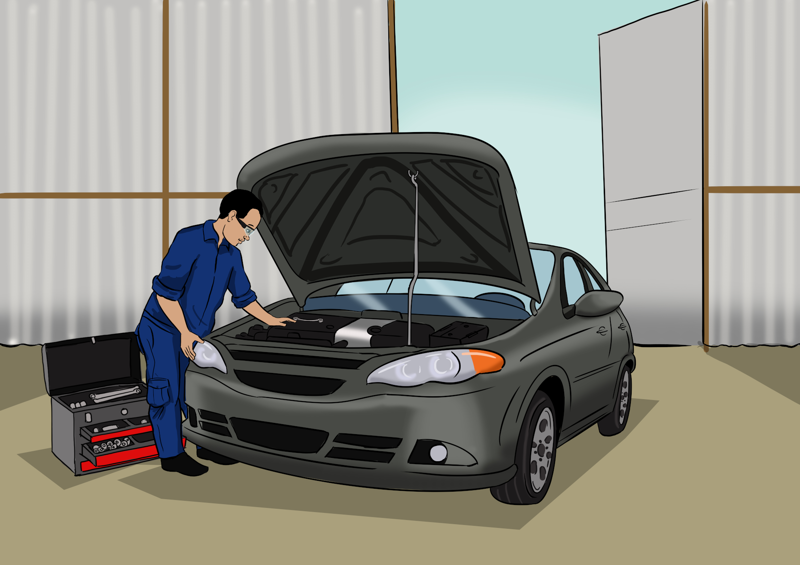
b

c
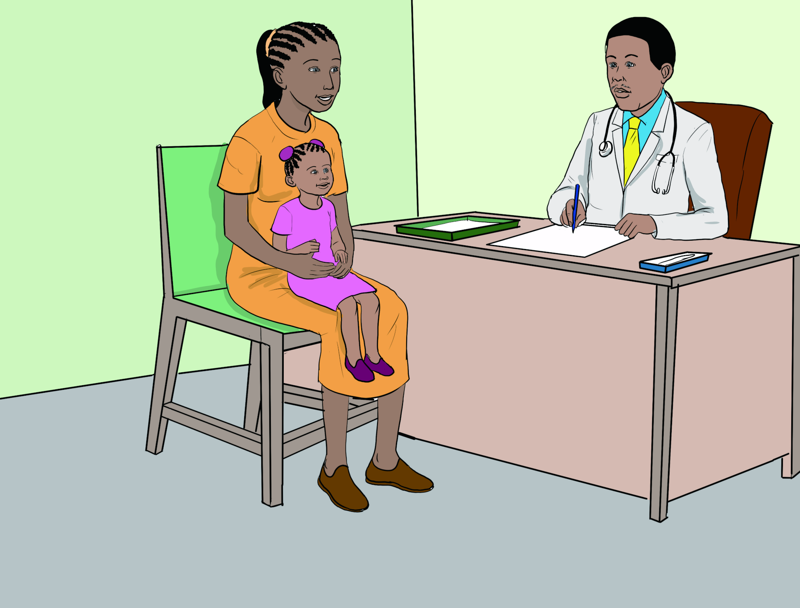
d

- Identify the careers shown in the pictures.
- Discuss what each career entails.
- What are other careers related to Integrated Science?
- Note down your answers.
Key points
- Knowledge and skills gained from Integrated Science provide a foundation for learners who would like to advance in fields related to Science in senior school.
- The pathways in senior school that are available for a learner studying Integrated Science are Arts and Sports Science, and Science, Technology, Engineering and Mathematics (STEM).
- Some of the career opportunities related to Integrated Science include:
- Radiology: A branch of medicine that uses imaging technology to diagnose and treat diseases.
- Psychology: The study of how people think, feel and behave.
- Medicine: The science or practice of the diagnosis, treatment and prevention of diseases.
- Biochemistry: The study of chemical and physical principles of living things and biological processes.
- Ecology: The study of the environment and how organisms live with each other in unique physical environments.
- Other careers related to knowledge and skills gained in Integrated Science include teaching, nursing, engineering, psychology, dermatology, ecology, zoology, botany and environmental science among others.
Extended Activity
Project
- In groups, make a list of careers that are related to Integrated Science.
- Use digital devices or relevant print resources to find out what each career entails.
- Download and print or draw pictures of people in those careers.
- Use locally available materials to create a career chart on careers that are related to Integrated Science.
- Display your work in class.
Revision Exercise
- Explain the meaning of the term, “Integrated Science”.
- Integrated Science is an approach thatdifferentto help learners understand the
- Explain three components of Integrated Science.
- the study oforganisms.
- the study ofand their interactions.
- the study of matter,and
- Describe four careers that you can pursue that are related to Integrated Science.
- Rose, is a Grade 7 learner. she is interested in knowing why Science is important in her daily life. As a friend of Rose:
- Mention and mark different items used at school that are made from knowledge and skills gained in Science.
- Calculator
- Laboratory equipment
- Whiteboard markers
- Solar-powered lights
- Desks and chairs
- Computers
- Magnets
- Historical events
- Storybook characters
- Poems about nature
- Explain four benefits of Science at home.
- Helps in food preservation using refrigerators.
- State importance of Science to the community.
- Clean water technologies
- Medical research
- Agricultural innovations
- Internet and communication
- Improved public health
- Better disease treatment
- Increased food production
- Easier access to information
